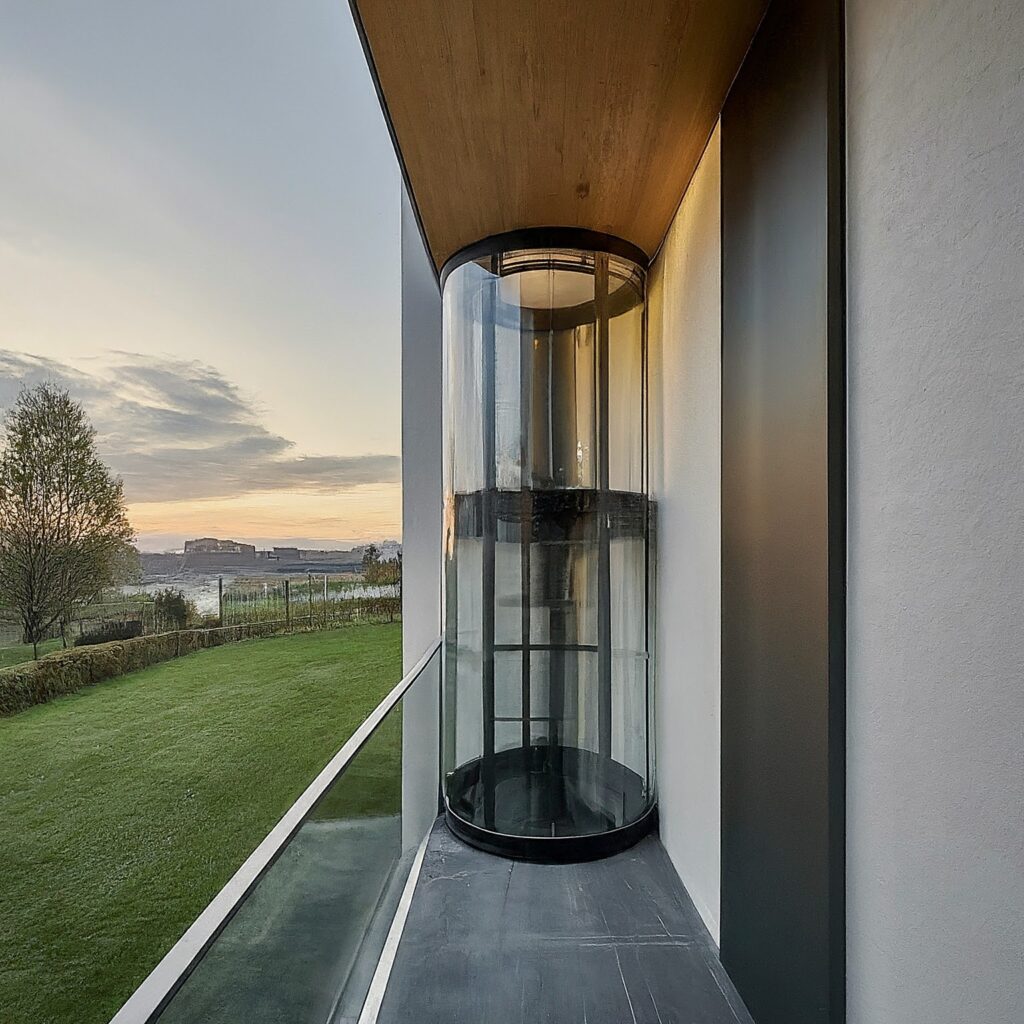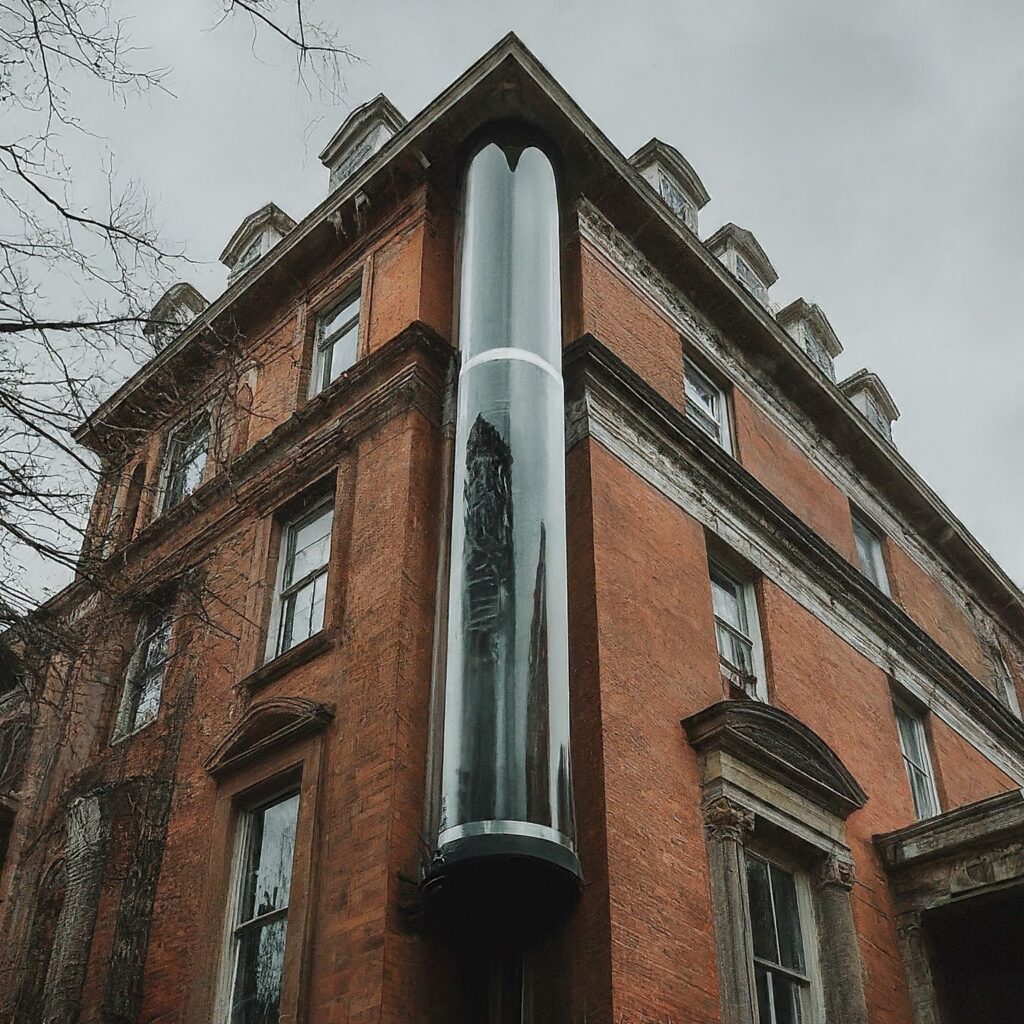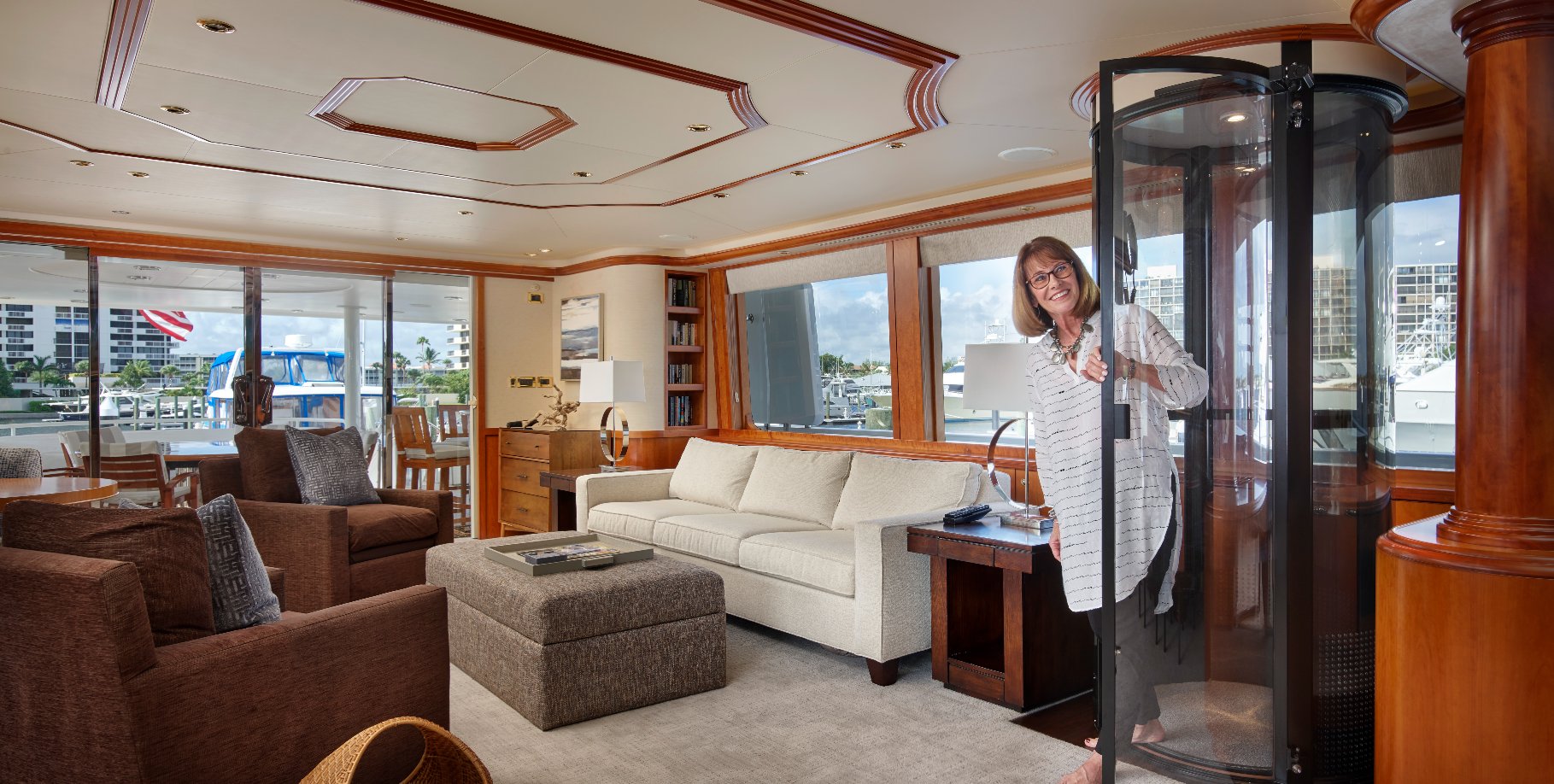For individuals with limited mobility, navigating stairs within a home can be a significant challenge. Residential vertical platform lifts (VPLs) offer a safe and reliable solution, promoting independence and accessibility within multi-level dwellings. This comprehensive guide delves beyond the basics, exploring the intricacies of VPL technology, advanced features, technical considerations, and crucial factors for informed decision-making.
Understanding Residential Vertical Platform Lifts

A VPL, often referred to as a wheelchair lift or porch lift, is an electromechanical device that vertically transports individuals and mobility aids between different levels within a residence. Unlike stairlifts that travel along an existing staircase, VPLs provide a platform that raises and lowers users, offering a more versatile solution.
Types of Residential VPLs
- Indoor VPLs: Designed for interior use, these lifts operate within a designated shaftway constructed during installation or integrated into existing architectural elements.
- Outdoor VPLs: Built to withstand weather elements, outdoor lifts are ideal for overcoming entryway or deck height variations. They typically feature a weatherproof enclosure for user protection.
Advanced Features and Technology
Modern VPLs boast a range of sophisticated features that enhance user experience and safety:
- Drive Systems:
- AC-powered lifts: The most common type, utilizing standard household current. However, they become inoperable during power outages.
- Battery-powered lifts: Offer uninterrupted operation even during power cuts. Some models feature hybrid systems combining AC and DC power for added reliability.
- Lifting Mechanisms:
- Screw and nut drives: Reliable and efficient, ideal for indoor applications.
- Hydraulic drives: Provide smooth and quiet operation, often preferred for outdoor lifts due to their ability to handle uneven terrain.
- Safety Features:
- Emergency lowering: Allows the platform to be lowered manually in case of power failure.
- Safety interlocks: Prevent platform operation when the platform door is open or the lift exceeds weight capacity.
- Pressure-sensitive edges: Halt platform movement upon contact with an obstruction, preventing injuries.
- Control Systems:
- Push-button controls: Intuitive and easy-to-use buttons located inside the platform and at designated landing points.
- Remote controls: Provide added convenience for operating the lift from a distance.
- Smart Technology Integration:
- Home automation systems: Enable seamless integration with smart home devices for voice-activated control or scheduling lift operation.
- Diagnostic tools: Real-time monitoring of lift performance for proactive maintenance.
Technical Considerations for Installation of Residential Vertical Platform Lifts
Installing a VPL requires careful planning and adherence to building codes and regulations. Key factors to consider include:
- Weight capacity: Select a lift with a capacity exceeding the user and mobility aid combined weight.
- Platform size: Choose a platform size that comfortably accommodates the user and any necessary equipment.
- Lift height: Measure the vertical distance the platform needs to travel to determine the required lift height.
- Door options: Consider options like swing doors, sliding doors, or bi-folding doors to optimize space utilization.
- Shaftway construction (indoor VPLs): Ensure sufficient space and structural integrity for the shaftway to accommodate the lift safely.
- Electrical requirements: Verify electrical supply availability and compatibility with the chosen VPL’s power source.
Advanced Considerations for Specific Needs
Beyond standard features, VPLs can be customized to address individual needs:
- Transfer platforms: Extending platforms allow for easier wheelchair transfer from the lift to a level surface.
- Folding platforms: Optimize space in tight areas by enabling the platform to fold up when not in use.
- Turnarounds: Rotating platforms facilitate smooth entry and exit from the lift at non-straight landing points.
- Seating options: Provide additional comfort and support for users with limited standing ability.
- Low-profile base options: Minimize the platform’s footprint for installation in areas with limited floor space.
Maintenance and Safety
Regular maintenance is crucial for ensuring the safe and reliable operation of a VPL. This typically involves:
- Scheduled inspections: Performed by qualified technicians to identify and address potential issues.
- Lubrication: Maintaining proper lubrication of moving parts reduces wear and tear.
- Battery maintenance (battery-powered models): Ensuring proper battery charging and health for uninterrupted operation.
- User training: Providing users with comprehensive instructions on safe lift operation and emergency procedures.
Cost Factors and Return on Investment
VPLs represent a significant investment. Costs vary based on factors like:
- Lift type (indoor vs. outdoor)
- Features and technology: Advanced features like turnaround platforms or smart home integration increase the cost.
- Customization requirements: Adapting the lift to specific needs, such as folding platforms or transfer decks, adds to the overall cost.
- Installation complexity: Factors like constructing a new shaftway or navigating challenging existing structures can affect installation costs.
While the initial investment is substantial, VPLs offer a significant return on investment by:
- Enhancing home accessibility: Promoting independence and allowing users to access all levels of their home safely.
- Increasing home value: Elevating accessibility can make a home more attractive to potential buyers, especially those considering future needs.
- Reducing healthcare costs: Lowering the risk of falls on stairs and potentially reducing dependence on in-home care services.
Choosing the Right Residential VPL
Selecting the optimal VPL involves careful consideration of various factors:
- Needs assessment: Identify the user’s specific requirements regarding weight capacity, platform size, and desired level of functionality.
- Home evaluation: Assess the available space for lift installation, including shaftway construction (indoor VPLs) and entryway clearance (outdoor VPLs).
- Budget considerations: Determine the available budget and prioritize features based on importance.
- Research and comparison: Compare offerings from reputable VPL manufacturers, considering factors like warranty coverage, customer support, and available customization options.
- Professional consultation: Schedule consultations with qualified VPL dealers to discuss specific needs, receive detailed quotes, and gain insights into installation feasibility.
FAQs
What are the typical lead times for VPL installation?
Lead times can vary depending on the complexity of the project, availability of materials, and manufacturer’s backlog. Generally, lead times range from 4-8 weeks, but it’s best to consult with a VPL dealer for a more accurate estimate.
Do I need a permit to install a VPL?
Permitting requirements vary by location. It’s crucial to contact your local building department to determine if a permit is necessary and what specific regulations apply to VPL installations.
How much ongoing maintenance does a VPL require?
Most VPLs require routine maintenance inspections by qualified technicians, typically recommended every 6 months to a year. Additionally, some basic maintenance tasks like lubrication might be performed by the homeowner. Refer to the manufacturer’s instructions for specific maintenance guidelines.
Is a VPL energy-efficient?
Modern VPLs utilize energy-efficient components and motors. AC-powered lifts operate on standard household current, while battery-powered models typically feature efficient charging systems. The overall energy consumption depends on usage frequency and lift capacity.
What happens if the power goes out during VPL operation (AC-powered models)?
Most AC-powered VPLs incorporate an emergency lowering system that allows the platform to be manually lowered to the ground floor in case of a power outage.
Can a VPL be installed outdoors in extreme weather conditions?
Outdoor VPLs are designed to withstand various weather conditions. However, in regions with heavy snowfall or freezing temperatures, additional considerations like heated enclosures or snow guards might be necessary.
Are there any limitations on where a VPL can be installed?
While VPLs offer significant flexibility, there might be limitations due to space constraints or structural limitations. A qualified VPL dealer can assess your home and advise on the feasibility of installation in your desired location.
Can a VPL be integrated with a wheelchair ramp?
Absolutely! VPLs and ramps can complement each other. For instance, a VPL could overcome a significant height difference at the entryway, and a ramp could provide a gentle incline for navigating a porch or patio.
Are there financing options available for VPL purchases?
Some VPL manufacturers or dealers might offer financing options to help make these accessibility solutions more attainable. Additionally, government grants or programs supporting home modifications for individuals with disabilities might be available in your area.
What are some additional safety features I should consider for my VPL?
While most VPLs come standard with essential safety features like emergency lowering and pressure-sensitive edges, you might consider options like automatic door openers, phone integration for emergency calls, or weight overload alarms for added peace of mind.
Conclusion
Residential vertical platform lifts play a transformative role in promoting accessibility and independence for individuals with limited mobility. By understanding the advanced features, technical considerations, and customization options, homeowners can make informed decisions to select the ideal VPL that seamlessly integrates into their living space and empowers them to navigate their entire home with confidence.
Additional Resources
- National Association of Home Builders (NAHB): https://www.nahb.org/
- American Occupational Therapy Association (AOTA): https://www.aota.org/
- The National Center for Universal Design Housing Consortium: https://design.ncsu.edu/research/center-for-universal-design/








